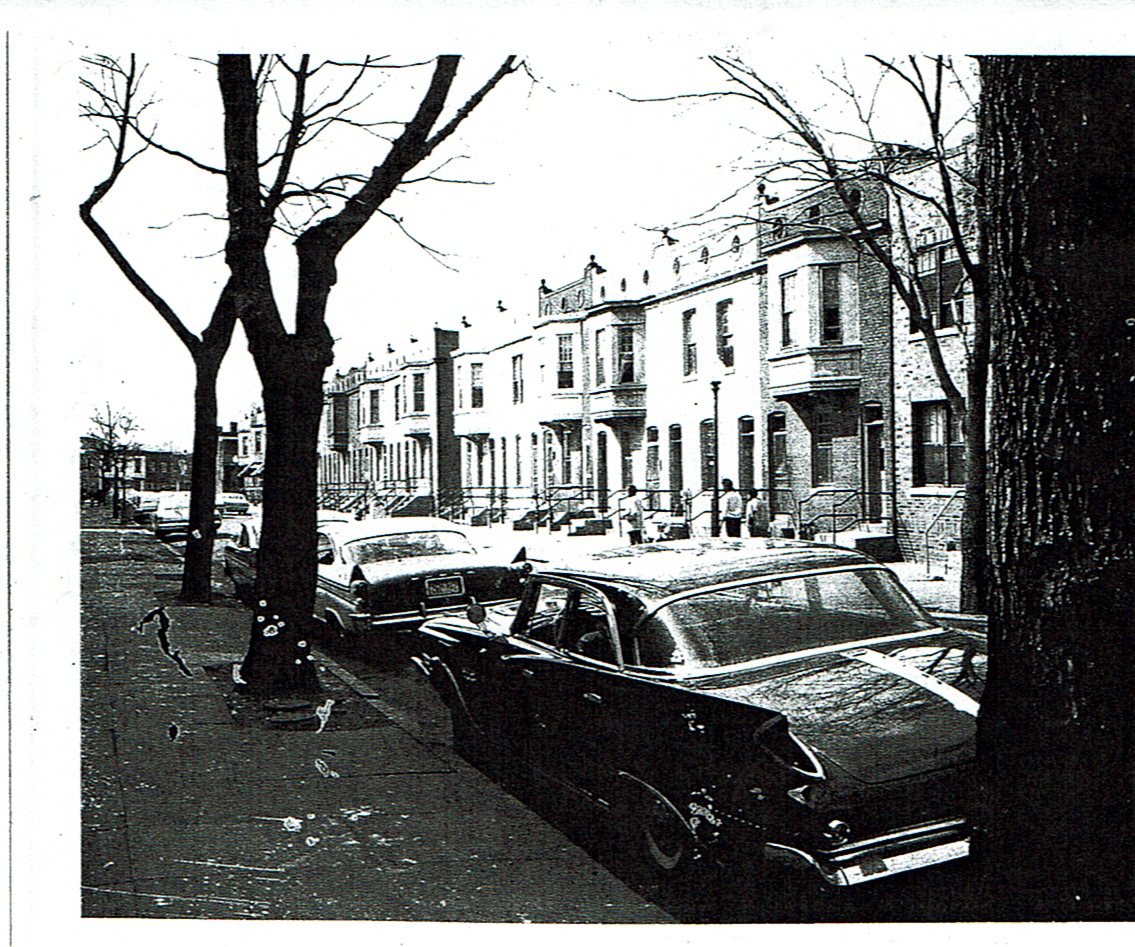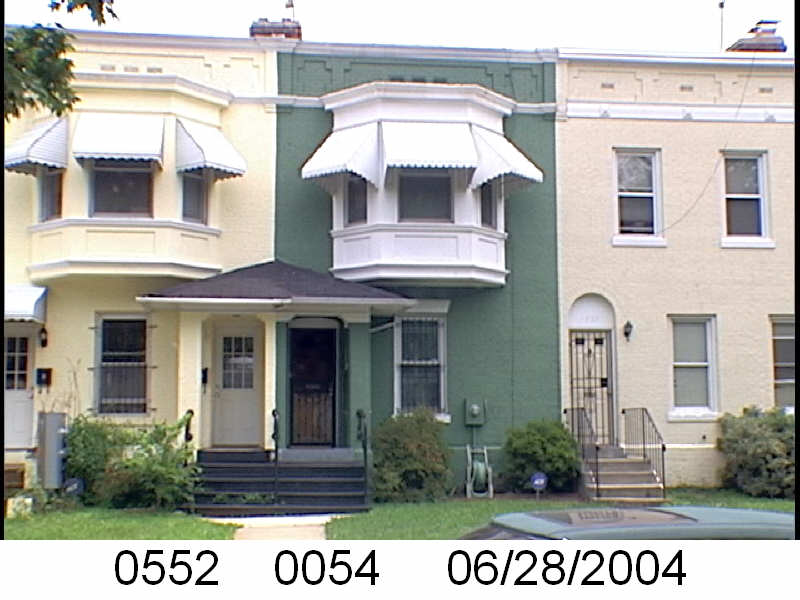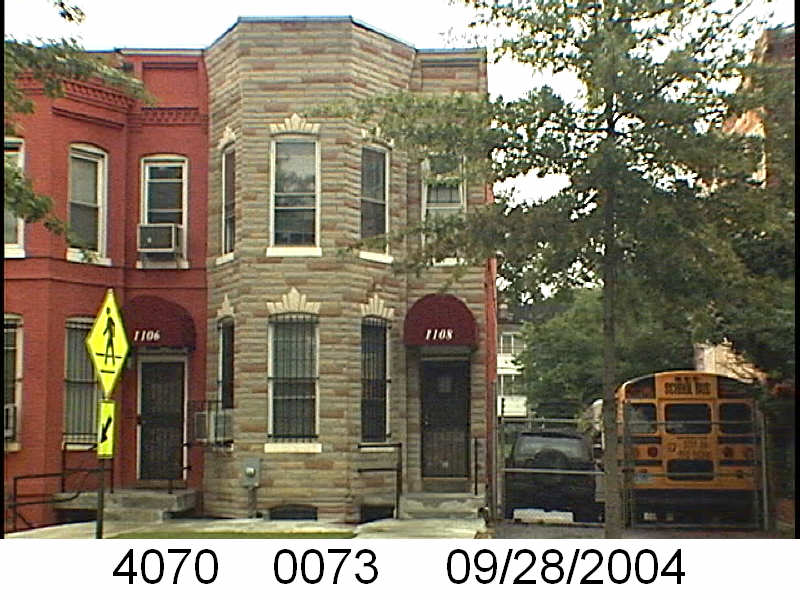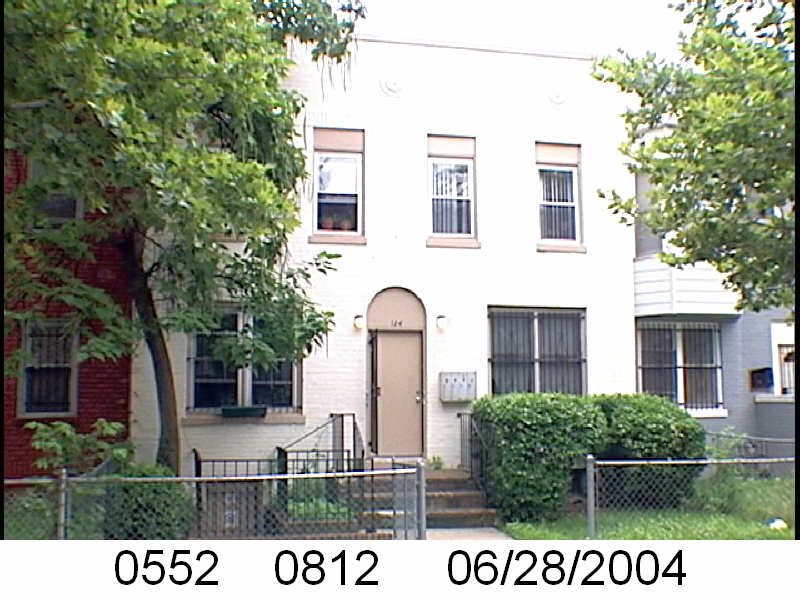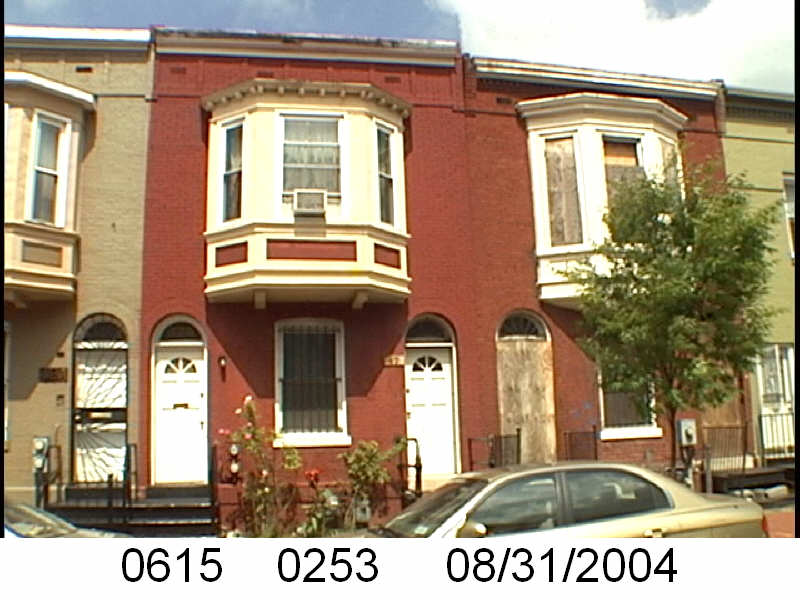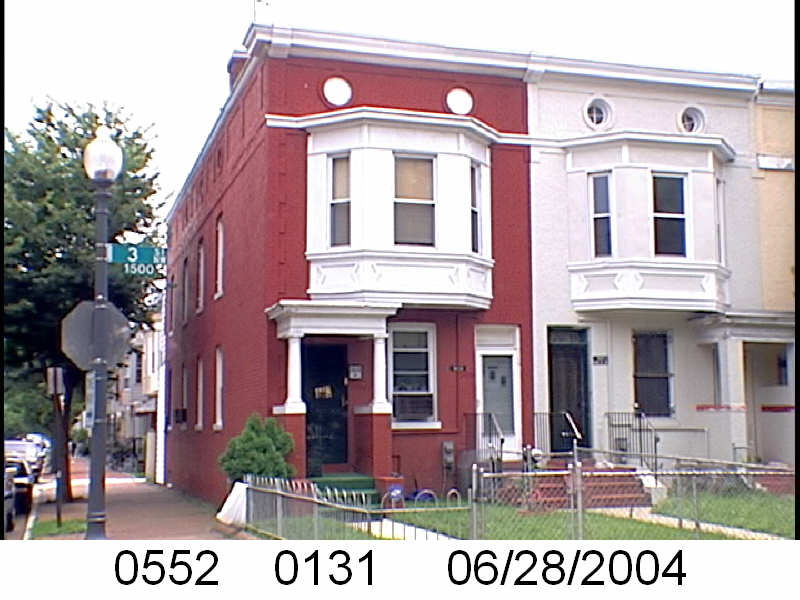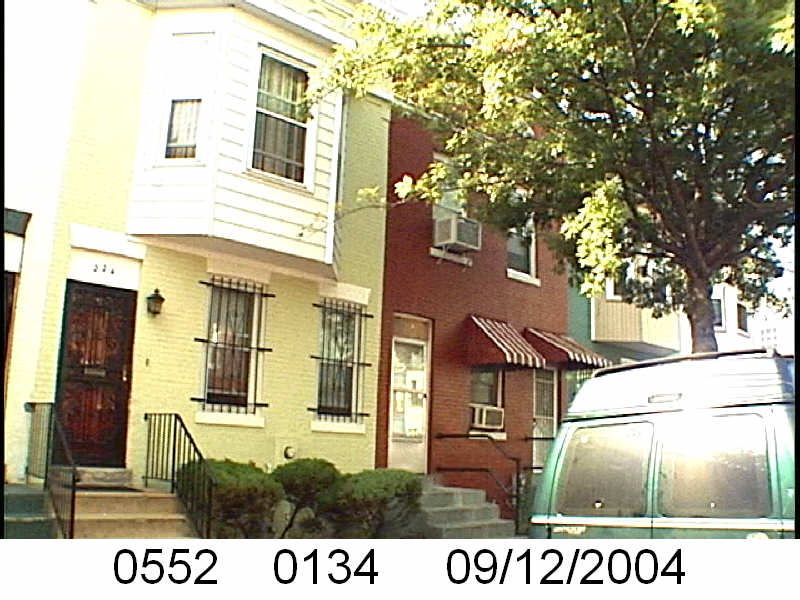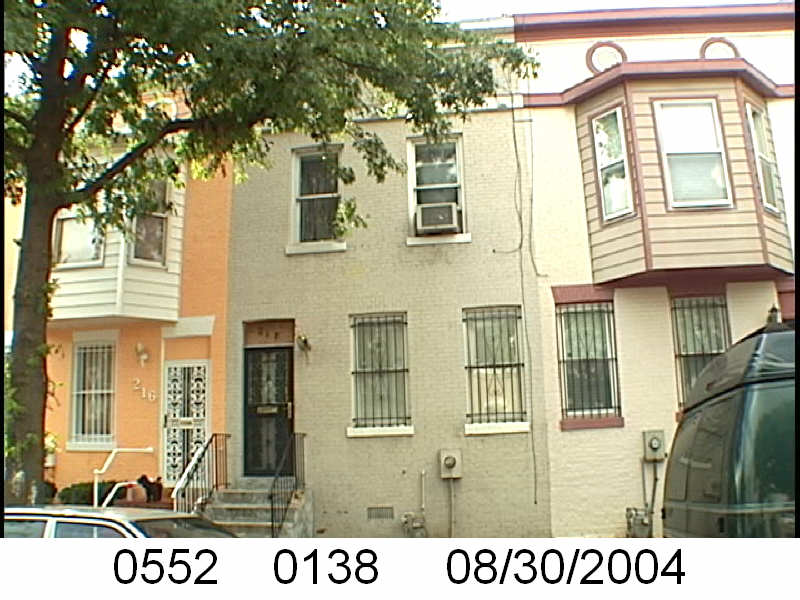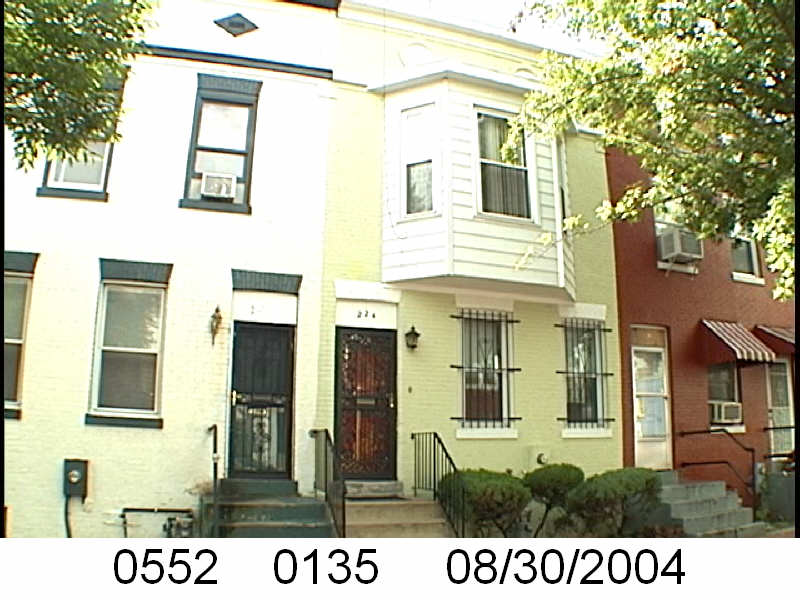The Washington Sanitary Improvement Company (WSIC) was a late 19th century charitable capitalism experiment that ended in the 1950s. This blog started looking at the homes that were supposed to be sold to African American home buyers, after decades of mainly renting to white tenants.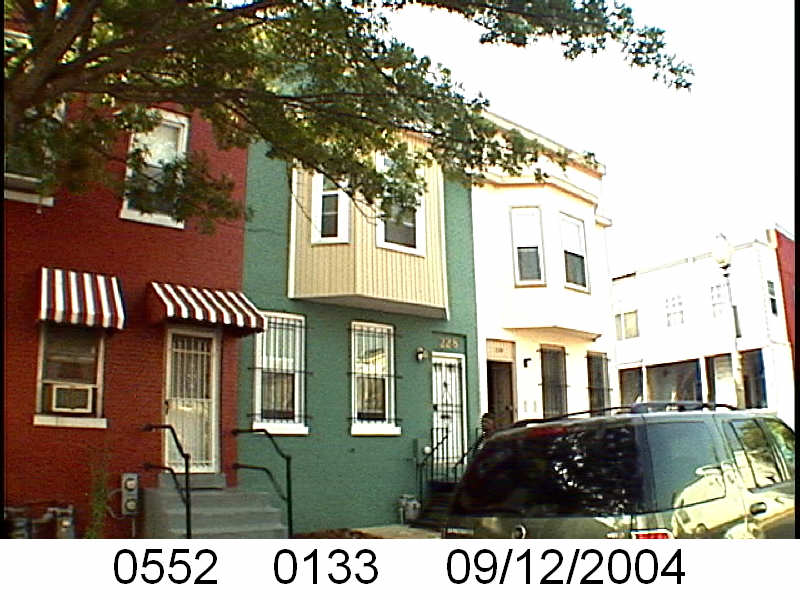
Looking at WSIC properties they tend to have a pattern where the properties were sold to a three business partners, Nathaniel J. Taube, Nathan Levin and James B. Evans as the Colonial Investment Co. for $3 million dollars. Those partners sold to African American buyers. There was usually a foreclosure. Then the property wound up in the hands of George Basiliko and or the DC Redevelopment Land Agency (RLA). Then there were the odd lucky ones who managed to avoid that fate.
Let’s see what happens with 228 Bates St NW:
- December 1950 (recorded Jan 26, 1951) Evans, Levin and Taube sold 228 Bates St NW to Sylvia T. and Charles S. Adams Jr.
- December 1950 (recorded Jan 26, 1951) the Adams borrowed $5,800 from Colonial Investment Co. favorite trustees Abraham H. Levin and Robert G. Weightman.
- July 1952 the Adams split the house into two halves for each of them. Charles and his wife Evelyn Snipes Adams got half and Sylvia, his mother, got half.
- August 1952 Sylvia T. Adams borrowed $2,892.76 from Levin and Weightman.
- August 1952 Charles and Evelyn Adams borrowed $2,892.76 from Levin and Weightman.
- March 1953 Charles and Sylvia Adams were released from their December 1950 mortgage.
- May 1957 Charles and Evelyn lost their home to foreclosure and ownership went to new Colonial Investment partner Harry A. Badt, Evans and Taube via an auction.
- May 1957 (recorded 7/3/1958), as part of a larger property package, Harry and Jennie Badt sold/transferred their interest in the property to Nathan Levin’s survivors.
- March 1958 Sylvia Adams lost her half of the house to foreclosure and through an auction ownership went to Badt, Evans, and Taube.
- March 1958 (recorded 7/3/1958), again, as part of a larger property package, Harry and Jennie Badt sold/transferred their interest in the property to Nathan Levin’s heirs.
- March 1959, in a large property package, Evans, Taube, Levin’s heirs and their spouses sold 228 Bates St NW to Sophia and George Basiliko.
- Probably around 1971, as the document cannot be located, Basiliko sold 228 Bates to the DC Redevelopment Land Agency (RLA).
- June 1980, the DC RLA, in a large property package, sold 228 Bates to private partner BSA Limited Partnership.
I actually had to look up and see who the Adams were because I got confused as to who was Sylvia Adams and what was her relationship to Charles S. Adams Jr. In the 1950 census at 714 P St NW the Adams family was headed by Charles C.(S.?) Adams, a 45-year-old African American waiter. His wife, 40-year-old (listed as 36 yo) Sylvia Turner Adams worked as a clerk for the Veteran’s Administration. They lived with their four sons and one daughter, of which then 19, Charles Sperrill Adams Jr was one of their children. Previously, in the 1940 census, the family lived as several of many lodgers of Frank and Edith Barner at 2022 15th St NW. Charles Sr. worked as a waiter and since the children were younger, Sylvia then 30 years old, was a homemaker. Charles Sr had an 8th grade education, whereas his wife Sylvia had two years of college.
Late 1951 Charles S. Adams Jr. married Evelyn Snipes. As we saw, they were the first to lose their home to foreclosure. However, it appears that they were comfortably owners of another home. Before losing half of 228 Bates St NW to foreclosure, they bought 6122 7th St NW in 1955 taking out a $4,392.86 loan from trustees Chalmers F. Groff and J. George Gately. They managed to keep their 7th St home for many decades.
Before I end this let’s see how this home did and did not fit the WSIC house pattern. What was unusual was that the house was with one family before it was foreclosed upon. The foreclosure and the sell off to George Basiliko and his selling it to DC RLA was par for the course.
